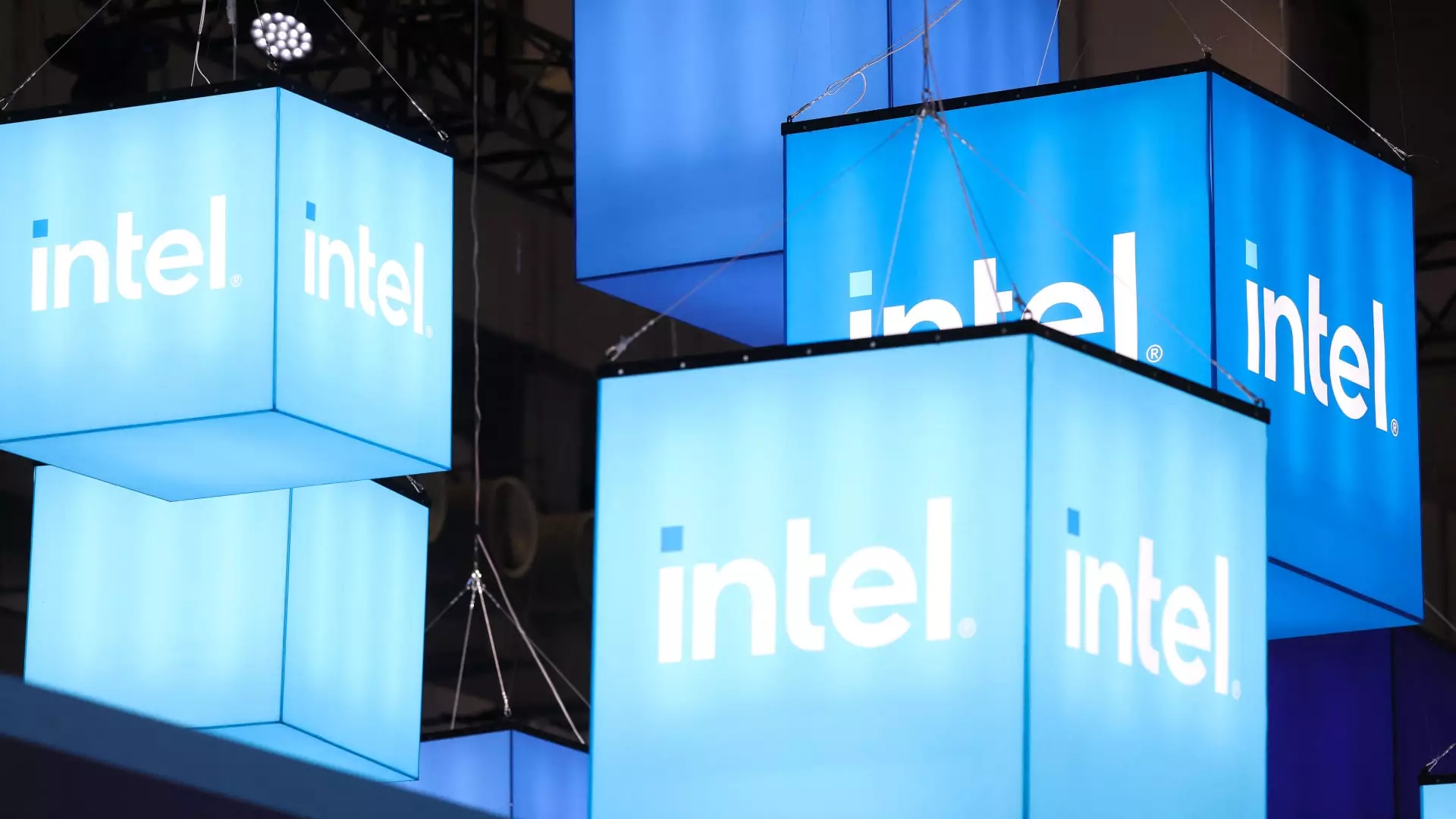Intel, once the titan of the semiconductor industry, finds itself at a pivotal crossroads. Recent discussions reported by the Wall Street Journal indicate that major players in the tech arena, namely Taiwan Semiconductor Manufacturing Co. (TSMC) and Broadcom, are contemplating the possibility of acquiring segments of Intel’s operations. This scenario raises critical questions about the future of Intel and the broader implications for the U.S. semiconductor industry.
In recent years, Intel has faced significant challenges that have diminished its standing in the semiconductor sector. Once the benchmark for chip design and manufacturing, the company has struggled to maintain its market share against fierce competitors like AMD and TSMC. As the industry pivots towards cutting-edge technologies like artificial intelligence and advanced computing, Intel’s previous leadership and strategic decisions have come under scrutiny. The company’s stock has plummeted, and operational inefficiencies have forced it to take drastic measures, including workforce reductions.
In light of these challenges, potential moves by TSMC and Broadcom reflect a keen interest in parts of Intel’s business that could bolster their trading positions. Broadcom’s examination of a potential acquisition primarily focuses on Intel’s design and marketing segment, with a strategic intent to integrate these capabilities. Meanwhile, TSMC, the world’s leading foundry, is exploring the feasibility of controlling Intel’s manufacturing facilities. This tactical maneuver could offer TSMC an expanded influence in the U.S. market, though it might also raise significant regulatory concerns.
The implications of a potential breakup have sparked apprehension at the highest levels of the U.S. government. Intel is considered critical to national security, as it not only supports various defense initiatives but also drives advancements in technology essential for the country’s global competitiveness. Frank Yeary, Intel’s interim executive chairman, has reportedly been engaging with stakeholders, including government officials, to navigate the complexities of these acquisition discussions.
The Trump administration previously expressed hesitations about allowing foreigners to operate significant U.S. semiconductor manufacturing facilities. This sentiment persists, as a White House official noted that although foreign investment in U.S. chip production is welcome, foreign ownership of operational control is less likely to receive support. The government’s stance indicates an intent to preserve domestic manufacturing capabilities while fostering foreign partnerships.
As the semiconductor market evolves, companies like TSMC have positioned themselves as indispensable players, particularly in the realm of AI and high-performance computing. With a market valuation significantly higher than Intel’s, TSMC’s customer base, including tech leaders like Nvidia, underscores its competitive edge. By potentially acquiring parts of Intel, TSMC could enhance its market position while also benefiting from Intel’s established brand and client relationships.
The struggles of former Intel CEO Pat Gelsinger serve as a cautionary tale. Despite initial optimism surrounding a transition to bolster Intel’s manufacturing capabilities, the resulting strategic missteps have led to lost contracts and a decline in market confidence. Such challenges highlight the ongoing necessity for Intel to adapt and innovate within a landscape rapidly being reshaped by its competitors.
As talks of a potential breakup gain traction, Intel must weigh multiple factors in its approach. It is crucial for Intel to articulate a clear vision that reassures investors and stakeholders of its commitment to reclaiming its status as a semiconductor powerhouse. The possible involvement of foreign entities in its operations could offer short-term benefits, but Intel should remain vigilant about the long-term repercussions of such a move.
The conversations surrounding a potential division of Intel represent not just a commentary on the company’s current challenges, but also a speculative glimpse into its future. Navigating the interplay of market dynamics, national security, and competitive pressures will require astute decision-making to position Intel effectively for the evolving semiconductor landscape. For a company with a storied legacy, the road ahead is fraught with obstacles, but also ripe with opportunities for reinvention and growth.


Leave a Reply